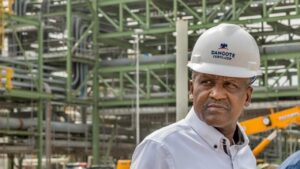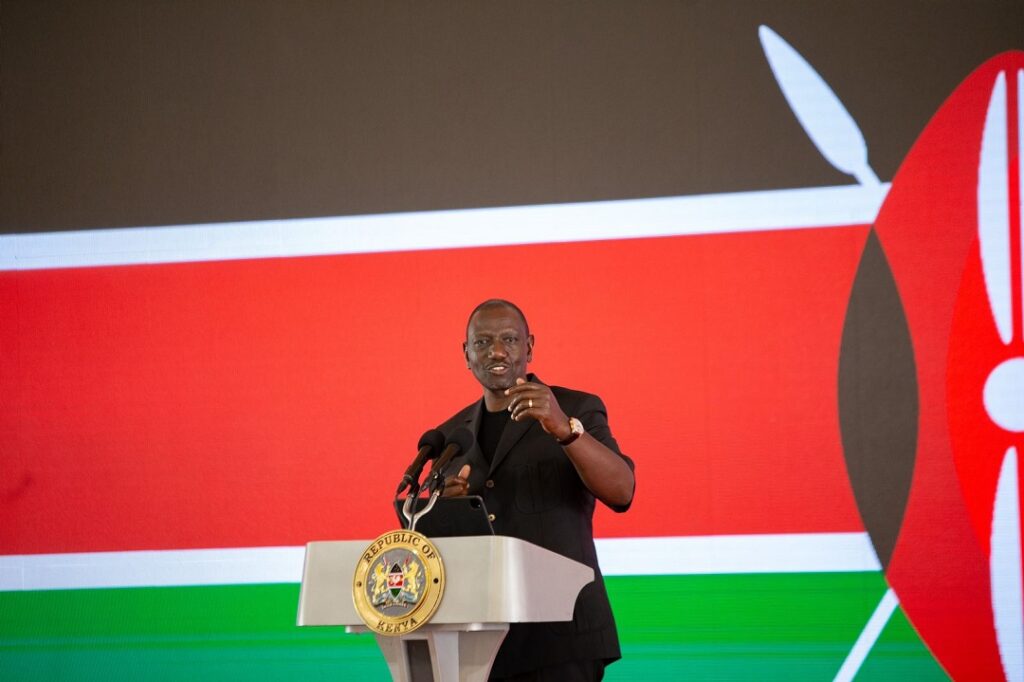- Kenya is keen on delivering quality engineering capacity by establishing Kenya School of Engineering.
- President William Ruto says engineering holds the catalytic power to Kenya’s Bottom-Up Economic Transformation Agenda.
- Kenya’s high-rise structures’ structural soundness has come under scrutiny in recent years, prompting concerns.
By pointing out that engineering innovation contains the catalytic capacity for the Bottom-Up Economic Development Agenda, President William Ruto is urging engineers to take the lead in Kenya’s development
“Engineering is our growth’s bedrock; the link between a country’s engineering capacity and its development is well established,” Dr Ruto explained during the 4th Engineering Partnerships Convention in Naivasha, Nakuru County.
Kenya School of Engineering
Dr Ruto said his administration seeks to build the best possible engine for engineering innovation, which is essential for promoting Kenya’s sustainable growth.
The President outlined how the establishment of a Kenya School of Engineering will help the government deliver quality engineering innovation capabilities. He claimed that the change will make it easier for building contractors and developers to adhere to the highest engineering requirements.
“It should no longer be possible for projects to employ unqualified people,” the President noted. To punish those in charge of subpar structures, a zero tolerance policy for non-compliant structures must be implemented, he said.
He emphasized the need to transform metropolitan areas into well-planned, properly managed, well-governed, and resourced spaces.
Read also: Kenya: Heri Homes, Finsco Africa begin construction of $176 million housing project
“Our primary mandate is to facilitate an expeditious transition to Kenya’s desired urban future,” he noted. He said this during the official opening of the inaugural Kenya Urban Forum in Naivasha. Cabinet Secretaries Kipchumba Murkomen, Zacharia Njeru, Governors Susan Kihika, James Orengo, Executive Director of the UN-Habitat Maimunah Mohd Sharif, Representative of the Country Director World Bank Ragini Dalal, among others, were present.
Ms Kihika said Nakuru County was committed to the orderly management of urbanisation. “It will also make it easy for authorities to provide services, and for citizens to obtain them,” she noted.
Substandard buildings in Kenya
The country’s high-rise structures’ structural soundness has come under scrutiny in recent years, prompting concerns. Numerous multi-storey buildings have collapsed throughout the nation as a result of shortcuts, subpar workmanship, and impunity during construction.
According to the World Bank, Kenya has a housing shortage of at least two million homes. The housing shortage rises by about 200,000 units annually. Millionaire investors have pumped their money into this with the expectation of receiving great returns.
The National Construction Authority (NCA) audit report from 2022 blames shoddy construction and standard-compliance violations for Kenyan building collapses. According to the assessment, 10,791 out of 14,895 structures were unfit for habitation and required either strengthening or demolition.
“Kenya has recorded 87 building collapses over the past five years, while an estimated 200 people have lost their lives in the last five years, and over 1,000 injured as a result. Notably, 65 percent of collapsed buildings were residential, while 25 percent were commercial, 10 percent were mixed-use developments,” the report stated.
The NCA report further indicated that 66 percent of the buildings collapsed after completion, while 34 percent collapsed during construction.
Cooperative housing models in Kenya
To address Kenya’s housing issues, creative solutions are gaining adoption. These include the promotion of community-led housing initiatives and cooperative housing models. There has also been utilization of alternative building technologies, including prefabricated and eco-friendly construction materials.
The Kenyan mortgage industry is still growing, and many people still struggle to get long-term finance for property. A few obstacles limiting mortgage uptake are high interest rates, restricted credit availability, and the high cost of construction supplies.
Slums, also known as informal settlements, are a common part of Kenya’s housing stock. These villages have substandard housing, restricted access to essential amenities, and unstable land tenure. A substantial share of the metropolitan population lives in slums like Kibera in Nairobi.
President Ruto has been fervently advocating for the implementation of a plan for affordable housing since taking office. The proposal calls for the imposition of a 1.5 percent tax on Kenyans’ incomes to fund housing construction.











